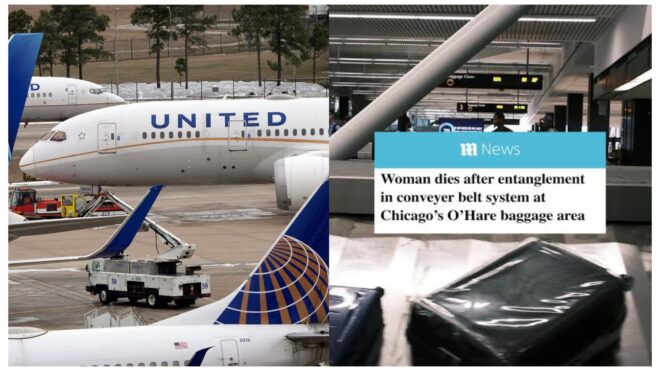
On July 19, one of the most dramatic events in aviation unfolded in the skies over Iowa as heroic pilots battled to land a crippled DC-10.There was a festive atmosphere in first class that day, July 19,, on United Flight 232.
Virginia Jane Murray, a thin, youthful, 34-year-old flight attendant with bleached silver hair, stopped to talk with passengers Bill and Rose Marie Prato and Harlon “Gerry” Dobson and his wife, Joann, from Pittsgrove Township, N.J. The ladies were dressed in muumuus, and their husbands wore Hawaiian shirts. They were laughing and enjoying the perfect ending to their trip. “It was obvious they’d had awonderful vacation,” Murray said more than two decades later. “They were just very pleasant people. I think about them all the time.”
On the flight deck of the McDonnell Douglas DC-10, the crew ate lunch in their seats, as usual. William Records, the first officer, was flying the Denver-to-Chicago leg of the trip with Capt. Alfred Haynes in the left seat acting as his copilot. Behind Records, Dudley Dvorak, the second officer, was monitoring all systems. DC-10s were introduced in the early 1970s as McDonnell Douglas’s entry in the new class of wide-body aircraft, whichincluded the Lockheed L-1011 and the Boeing 747. The most distinctive feature of the three-engine DC-10 and the L-1011 was a turbofan mounted through the tail. The DC-10 carried a maximum of 380 passengers; on this flight, there were 296 people, including crew, on board.
It was 3:16 pm, a bit more than an hour into the flight. The lunch trays had been cleared away; Haynes was nursing a cup of coffee. With the plane on autopilot, the crew had few tasks to perform until the time came to descend into Chicago. “Everything was fine,”After a few agonizing seconds, the right wing slowly came back up. If Haynes had not decided—somehow, reflexively—to steer the plane with the throttles, the crippled DC-10 would have rolled all the way over and spiraled to the ground, killing all on board. Haynes had no idea what made him use the throttles. Nothing in his training would have suggested it. Now as Dvorak watched his instruments, he was horrified to see the pressure and quantity in all three hydraulic systems fall to zero.When the head flight attendant, Jan Brown, heard the explosion, she went to the floor and held on to the nearest armrest until the plane was stable. After a minute Dvorak’s steady voice came over the loudspeaker and explained that they had lost the No. 2 engine. But the plane had two other engines, one on each wing. The plane would descend to a lower altitude and fly more slowly to Chicago.
Then the chime rang at Brown’s station. She could see most of her crew and knew that the call was not coming from any of them. Long experience told her that if the cockpit was calling at this point in the flight, it could be nothing but bad news.
She picked up thebut bad news. She picked up the handset and her fear was confirmed by Dvorak’s voice. He told her to report to the flight deck. She hung up and walked up the port-side aisle, trying to look calm. “I knocked on the door like we’re trained to do,” Brown said. “And the whole world changed just in that instant when that door opened.” She saw no panic, she said. “It was what was in the air. It was so palpable. I remember thinking, this isn’t an emergency, this is a crisis.”